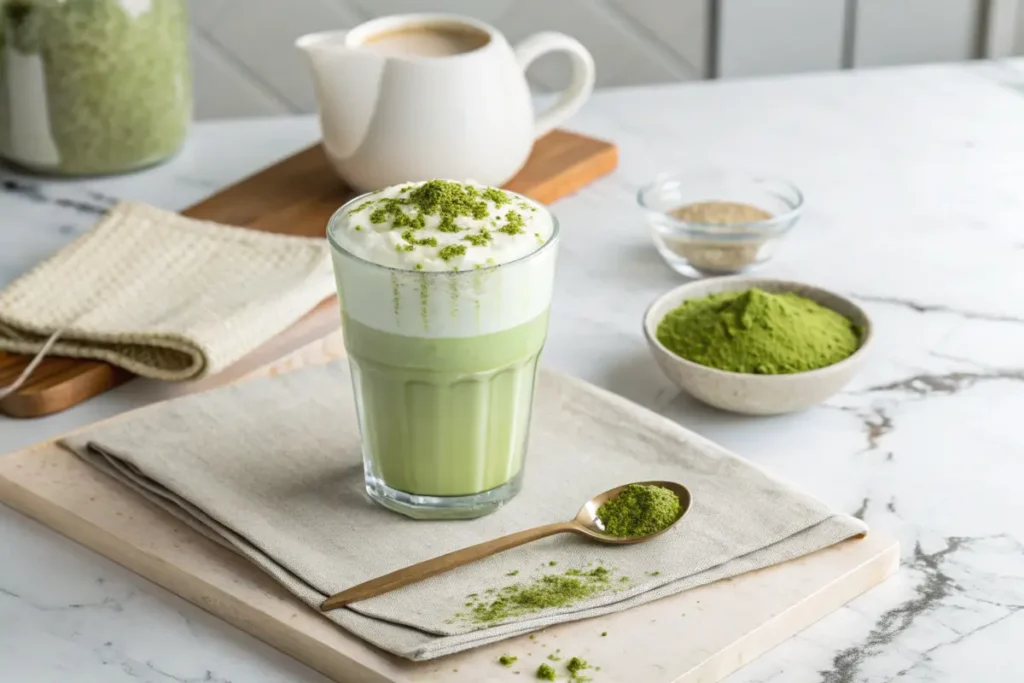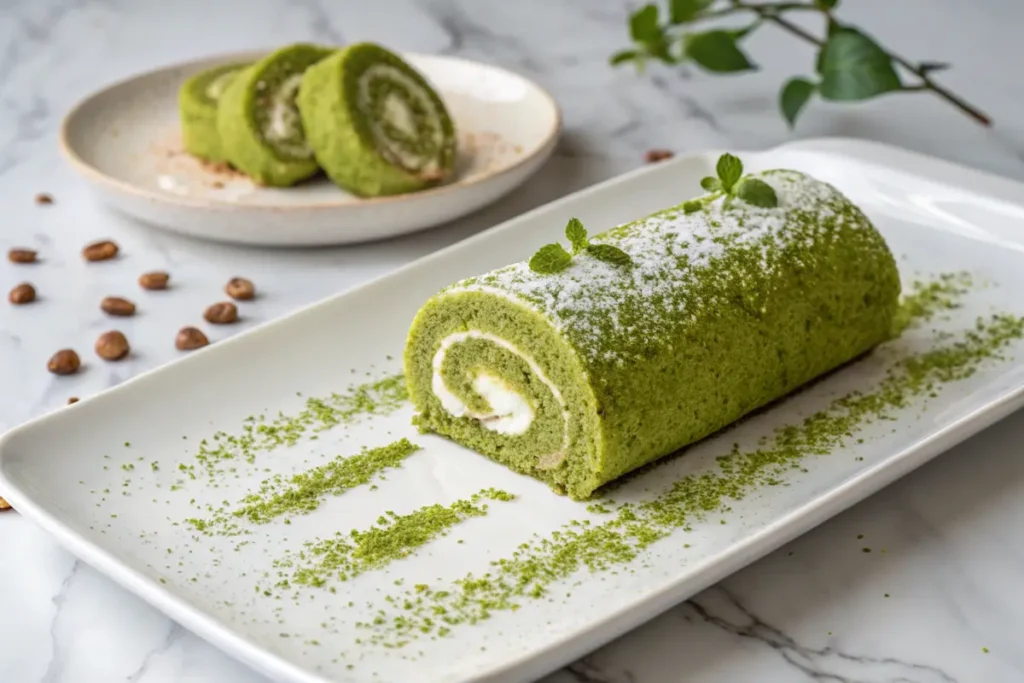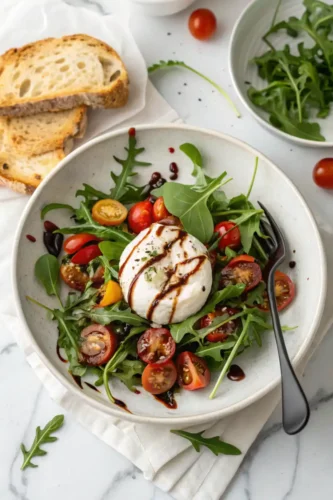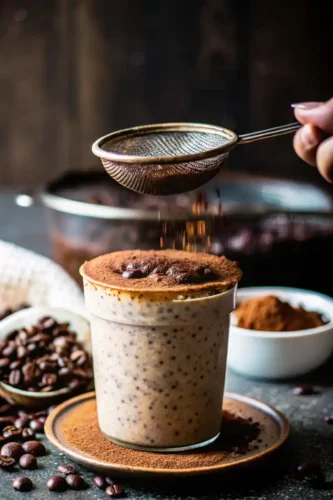Green tea with matcha has captured global attention for its rich flavor, vibrant color, and incredible health benefits. This guide delves into every fascinating aspect of this powerhouse beverage—from its historical origins and health perks to culinary applications and preparation methods. By the end, you’ll understand why this unique blend is celebrated as a superfood and how you can enjoy it daily for a healthier lifestyle.
JUMP TO
What is Green Tea with Matcha?
Green tea with matcha is a harmonious blend of traditional green tea leaves and powdered matcha, a finely ground form of specially grown green tea. Unlike conventional steeped teas, where the leaves are discarded, consuming matcha involves ingesting the entire tea leaf. This distinction gives matcha its remarkable nutrient density and health-enhancing properties.
This blend offers the best of both worlds—matcha’s earthy intensity complements the mild, soothing taste of green tea, creating a beverage that’s both flavorful and packed with benefits.
The story of green tea with matcha began centuries ago in East Asia, particularly in Japan. During the 12th century, Zen monks adopted matcha as part of their meditation practices, appreciating its ability to enhance focus and relaxation simultaneously. Over time, matcha became an integral part of Japanese culture, featured prominently in tea ceremonies.
Fast forward to today, matcha has transcended borders to become a global phenomenon, cherished not only for its unique taste but also for its wide-ranging health benefits. Its versatility in modern cuisine and beverages has only added to its popularity.
What Does Matcha Taste Like?
A Unique and Complex Flavor Profile
Matcha offers a taste experience that is unlike any other. It’s often described as earthy and grassy, with a subtle bitterness that’s balanced by sweet and umami notes. The umami—a savory quality—adds depth and richness to the flavor, making matcha distinctively satisfying.
High-quality matcha, especially ceremonial-grade, tends to have a smoother and creamier flavor compared to culinary-grade matcha, which may have a stronger, more astringent taste. If matcha tastes overly bitter or unpleasant, it might indicate a lower quality product or improper preparation.
How to Enhance the Flavor of Matcha
If the earthy and grassy flavor isn’t to your liking, there are plenty of ways to make it more palatable:
- Add Sweeteners: A touch of honey, agave, or sugar can balance matcha’s natural bitterness.
- Pair with Milk: Transform your matcha into a creamy latte by adding steamed milk or a plant-based alternative.
- Incorporate into Recipes: Use matcha as an ingredient in desserts, smoothies, or baked goods for a milder flavor that complements other ingredients.
Why Matcha’s Taste Stands Out
The vibrant green color of matcha reflects its freshness and nutrient density. This bold flavor is a testament to its chlorophyll-rich leaves and meticulous preparation, making it a sensory delight for those who appreciate its nuanced taste.
Health Benefits of Matcha with Green Tea
Rich in Antioxidants: The Power of Matcha Green Tea
One of the standout qualities of green tea with matcha is its impressive antioxidant profile. Matcha, in particular, contains high levels of catechins, a type of antioxidant that neutralizes free radicals in the body. This protects cells from oxidative stress, which can lead to chronic illnesses.
Compared to regular green tea, matcha boasts exponentially higher levels of antioxidants, including the powerful epigallocatechin gallate (EGCG). Studies suggest that EGCG plays a role in reducing inflammation, improving heart health, and even aiding in cancer prevention.
Enhances Brain Function with Matcha and Green Tea Benefits
Do you ever feel like your brain needs a boost? Thanks to its L-Theanine and caffeine content, green tea with matcha might be your new favorite cognitive ally. Unlike the jittery buzz from coffee, matcha delivers a calm, focused energy.
L-Theanine promotes relaxation without drowsiness, while caffeine enhances alertness. Together, they improve concentration, memory, and mental clarity—perfect for those long study sessions or busy workdays. Research even indicates that this dynamic duo can enhance alpha brainwave activity, which is associated with a meditative state of mind.
Supports Weight Loss with Antioxidant-Rich Green Tea
Struggling to shed a few pounds? Green tea with matcha may lend a helping hand. Its natural compounds are known to boost metabolism and increase fat burning. During physical activity, matcha enhances fat oxidation, allowing your body to use fat as energy more effectively.
In fact, a study published in the American Journal of Clinical Nutrition found that green tea catechins promote weight loss by increasing calorie expenditure. With its ability to support a healthy weight when combined with a balanced diet and regular exercise, matcha proves itself as more than just a trendy drink.
Promotes Heart Health with Matcha Tea Benefits
Keeping your heart healthy is essential, and green tea with matcha can be a valuable ally. Studies show that consuming green tea regularly can reduce LDL cholesterol levels and improve overall blood flow. The antioxidants in matcha help prevent the oxidation of LDL cholesterol, which is a key contributor to heart disease.
By incorporating matcha into your routine, you may also benefit from lower blood pressure and reduced risk of stroke. Its cardiovascular perks are just one more reason why this beverage deserves a spot in your daily regimen.
Potential Cancer-Preventive Properties of Green Tea with Matcha
The EGCG found in green tea with matcha has garnered attention for its potential cancer-fighting properties. Research indicates that EGCG may inhibit the growth of cancer cells by targeting pathways that contribute to their proliferation.
While no single food or drink can guarantee cancer prevention, matcha’s high concentration of bioactive compounds makes it a promising addition to a cancer-preventive diet. As scientists continue to explore this area, matcha remains a healthy choice for those aiming to support their long-term wellness.
Preparation and Consumption
Traditional Preparation Methods
When it comes to preparing green tea with matcha, the process itself is almost as delightful as the drink. Rooted in Japanese traditions, the preparation embodies mindfulness. To start, you’ll need a chawan (bowl), a bamboo whisk called a chasen, and, of course, high-quality matcha powder. Here’s how to prepare it traditionally:
- Sift the Matcha: Always sift the matcha to avoid clumps, ensuring a smooth, creamy texture.
- Add Hot Water: Use water heated to about 175°F (80°C) to preserve the delicate flavors and nutrients.
- Whisk Vigorously: Using a zigzag motion with your chasen, whisk until the matcha becomes frothy. This creates the ideal consistency and brings out the best flavor.
Matcha preparation during a Japanese tea ceremony is steeped in symbolism, emphasizing harmony, respect, purity, and tranquility. Every step matters, connecting the preparer and drinker to the history of this revered tea.
Modern Ways to Enjoy Matcha
While traditional methods offer a meditative experience, modern twists make green tea with matcha more versatile than ever. You can incorporate it into various beverages and dishes to suit different tastes and lifestyles.

- Matcha Lattes: A creamy blend of milk and matcha offers a rich and comforting drink perfect for mornings or afternoons.
- Smoothies and Shakes: Matcha adds a nutritional punch to your favorite smoothies, pairing well with fruits like bananas and berries.
- Baked Goods: Use matcha powder in cakes, cookies, or muffins for an eye-catching green hue and a unique flavor.
These modern adaptations highlight matcha’s versatility, making it easy to enjoy while still reaping its myriad benefits.
Dosage and Safety Considerations
While green tea with matcha is undeniably beneficial, moderation is key. Experts recommend consuming about 1–2 teaspoons (2–4 grams) of matcha daily. This amount provides a balance of nutrients without overwhelming your system with caffeine or tannins.
Potential side effects, though rare, might include mild stomach upset or insomnia if consumed excessively. If you’re sensitive to caffeine, pairing matcha with food can help mitigate any adverse effects.
By carefully measuring your portions and staying mindful of your intake, you can enjoy the health-boosting properties of matcha without worry.
Green Tea with Matcha in Culinary Applications
Matcha in Traditional Japanese Cuisine
Matcha has deep roots in Japanese cuisine, where it shines not just as a beverage but also as a culinary treasure. Its earthy, umami-rich flavor pairs beautifully with both sweet and savory dishes. Some traditional uses include:
- Matcha Mochi and Wagashi: These delicate confections feature matcha for a burst of flavor and a stunning green hue. They’re often served during tea ceremonies, creating harmony between food and drink.
- Matcha Noodles: Known as cha soba, these green tea-infused buckwheat noodles offer a refreshing twist, served cold or warm with dipping sauces.
Japanese cuisine uses matcha to enhance both the visual appeal and the taste, ensuring the tea’s cultural significance is preserved.
Global Culinary Trends
In recent years, green tea with matcha has become a global sensation, making its way into contemporary culinary trends. Creative chefs and home cooks alike have incorporated matcha into an array of dishes and drinks, offering exciting ways to enjoy this superfood. Popular examples include:
- Desserts and Pastries: From matcha tiramisu to matcha cheesecakes, its distinct flavor and color add sophistication to desserts.
- Ice Creams and Puddings: Creamy matcha ice creams have gained global popularity, balancing sweetness with matcha’s slight bitterness.
- Matcha Cocktails and Mocktails: Though alcoholic beverages are off the table here, mocktails like matcha lime coolers or honey matcha spritzers make excellent non-alcoholic refreshments.

These innovations illustrate the endless possibilities for using matcha in food, making it accessible and enjoyable for diverse tastes.
Culinary Tips for Using Matcha
To maximize its flavor and health benefits in recipes:
- Choose Culinary-Grade Matcha: While ceremonial-grade matcha is ideal for traditional tea, culinary-grade matcha is perfect for cooking due to its robust flavor and cost-effectiveness.
- Pair with Complementary Flavors: Ingredients like white chocolate, vanilla, and berries complement matcha’s bold taste, enhancing the overall dish.
- Mind the Heat: Overheating matcha can cause bitterness, so use gentle cooking methods to preserve its delicate profile.
Exploring these culinary applications lets you savor matcha’s versatility while enjoying its health benefits in unexpected, delightful ways.
Frequently Asked Questions (FAQs)
Can I drink matcha every day?
Yes, drinking green tea with matcha daily can be a healthy habit. Its antioxidants, vitamins, and calming properties make it an excellent addition to your routine. However, it’s important to consume it in moderation—about 2-3 servings per day is ideal. Too much matcha may lead to side effects like caffeine jitters or upset stomachs, especially in those sensitive to caffeine.
Does matcha contain more caffeine than coffee?
Matcha contains caffeine but less than coffee on average. A typical serving of matcha (1 teaspoon) has about 30-70 mg of caffeine, whereas an 8-ounce cup of coffee contains around 95 mg. Matcha’s caffeine, combined with L-Theanine, provides a steadier, longer-lasting energy boost without the jitters or crash often associated with coffee.
How much caffeine is in matcha?
A teaspoon of matcha powder typically contains 30-70 mg of caffeine, delivering a gentle energy boost without the jitters of coffee. Curious about matcha’s caffeine content and its effects? Check out the detailed explanation in the full article.
Is matcha suitable for people with caffeine sensitivity?
While matcha contains caffeine, its calming properties—thanks to L-Theanine—make it a gentler choice for people with mild caffeine sensitivity. However, those who are highly sensitive should opt for smaller servings or consider caffeine-free alternatives. Consulting a healthcare professional is always a good idea for personalized advice.
Conclusion
Green tea with matcha is more than just a trendy beverage—it’s a centuries-old elixir that combines remarkable health benefits with an irresistible flavor profile. From its origins in Japanese tea ceremonies to its modern-day versatility in recipes, matcha continues to captivate people worldwide.
By incorporating this nutrient-packed drink into your routine, you can enjoy a wealth of benefits, including better brain function, enhanced metabolism, and heart health support. Whether you savor it as a frothy cup of tea, a creamy latte, or a key ingredient in culinary creations, green tea with matcha is a simple and delicious way to boost your wellness journey.
Explore more about how to prepare, enjoy, and fully embrace matcha in your daily life in the full article above!






